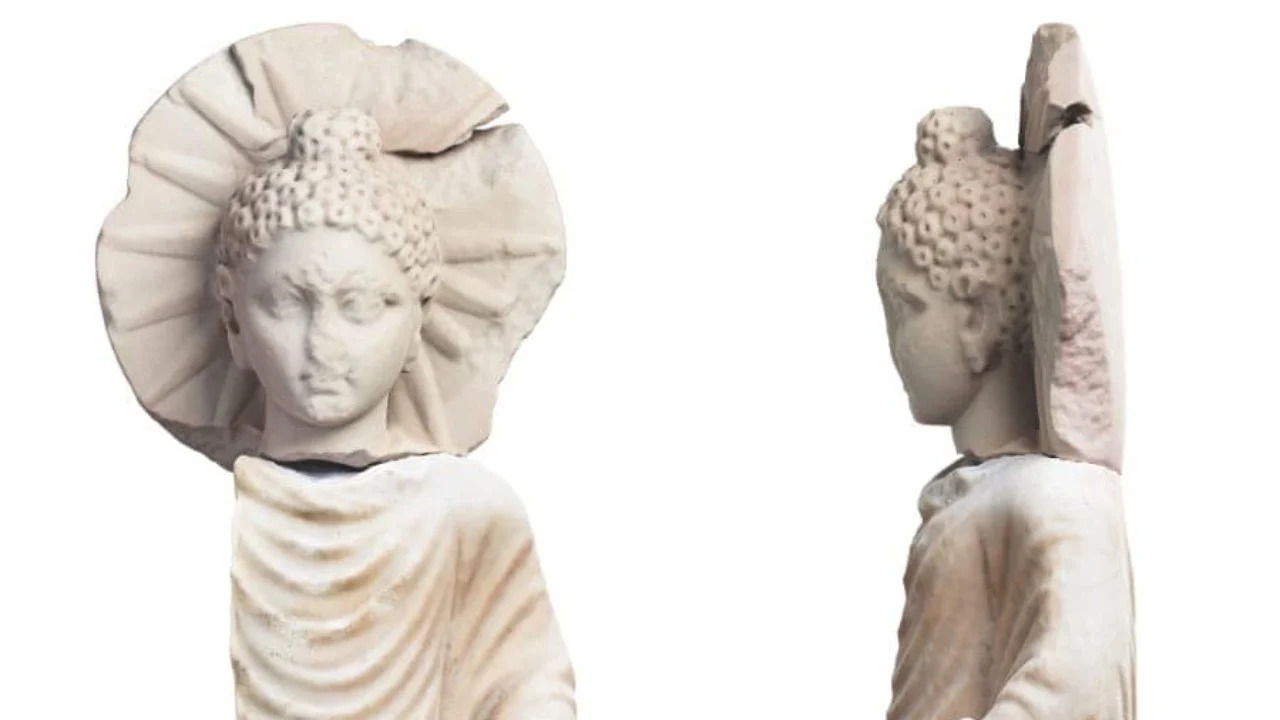History & Heritage
5.1.2023
Second-century Buddha statue uncovered in Berenice, Egypt

A team of Polish and American archaeologists working on a joint mission to Berenice, a historic port city in Egypt, discovered a second-century Buddha statue.
According to Mostafa Waziry, secretary general of the Egyptian Supreme Council of Antiquities, the discovery provides significant evidence of trade links between Egypt and India during the Roman period.
The statue, which stands 71 centimeters tall, depicts the Buddha standing with his head surrounded by a halo of sunlight and a lotus flower displayed next to him, his left hand holding part of his robe. The statue was found with part of the right side and the right leg missing.
In addition to the Buddha statue, archaeologists discovered a Sanskrit inscription dating from the reign of the Roman emperor Marcus Julius Philippus (244-249), also known as Philip the Arab. However, the inscription would be from a different period than the statue, which would be much older. Other inscriptions found in the temple were written in Greek and date to the early first century. The team also found two second-century coins from the kingdom of Satavahana in central India.
Voir cette publication sur Instagram
Berenice: A millenial history
Berenice was founded in 275 BC by the Egyptian king Ptolemy II and served as a crucial transit point for long-distance trade between the Mediterranean Sea and the Indian Ocean, becoming a thriving center in Roman times. The site has been excavated several times over the years, and previous discoveries include human remains and various artifacts that suggest that a diverse population of all ages and backgrounds inhabited the area. The city was an important hub on the Red Sea trade route, serving as a transit point for ships from India carrying valuable goods such as spices, semi-precious stones, textiles, and ivory, which were then transported by camel caravan across the desert to the Nile and shipped to Alexandria for distribution throughout the Roman Empire.
High hopes for cultural tourism
Egypt has unveiled several important archaeological finds in recent years as part of its efforts to revive its vital tourism industry after years of political turmoil and the COVID-19 pandemic. Moreover, government plans to attract 30 million tourists a year by 2028, up from 13 million before the pandemic, include the long-awaited opening of the Great Egyptian Museum at the foot of the Giza pyramids.
Voir cette publication sur Instagram
popular

